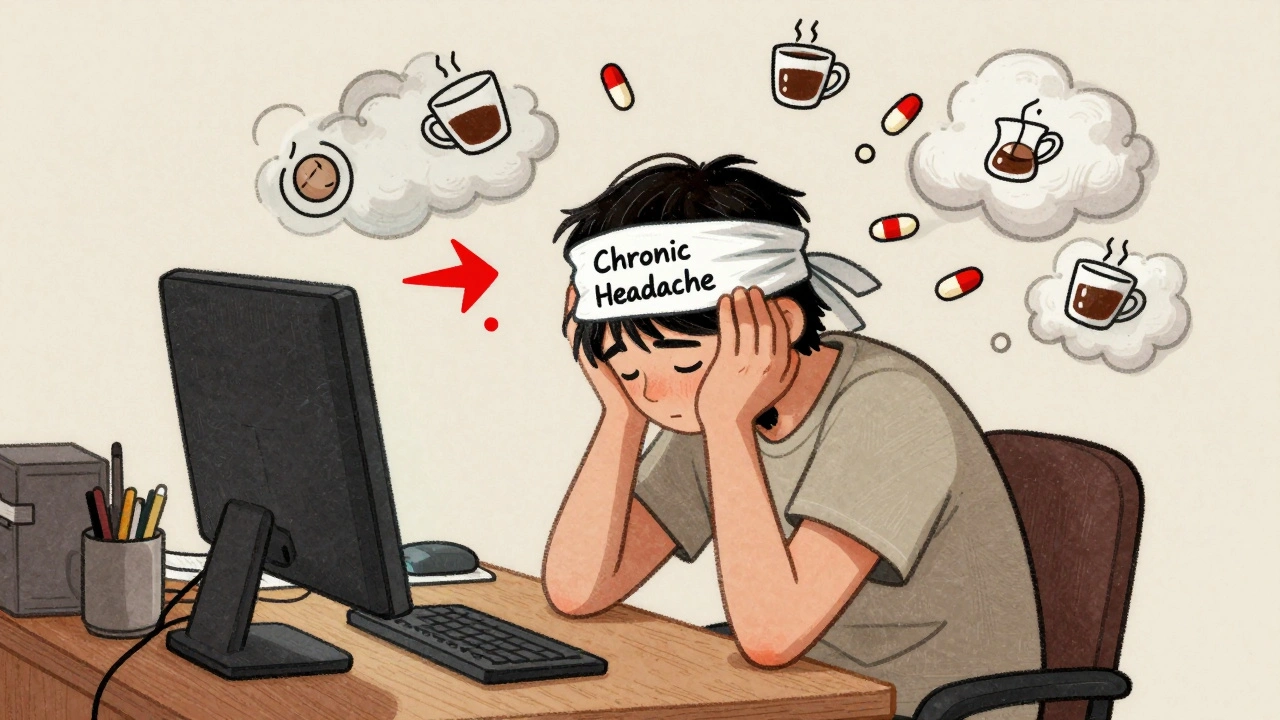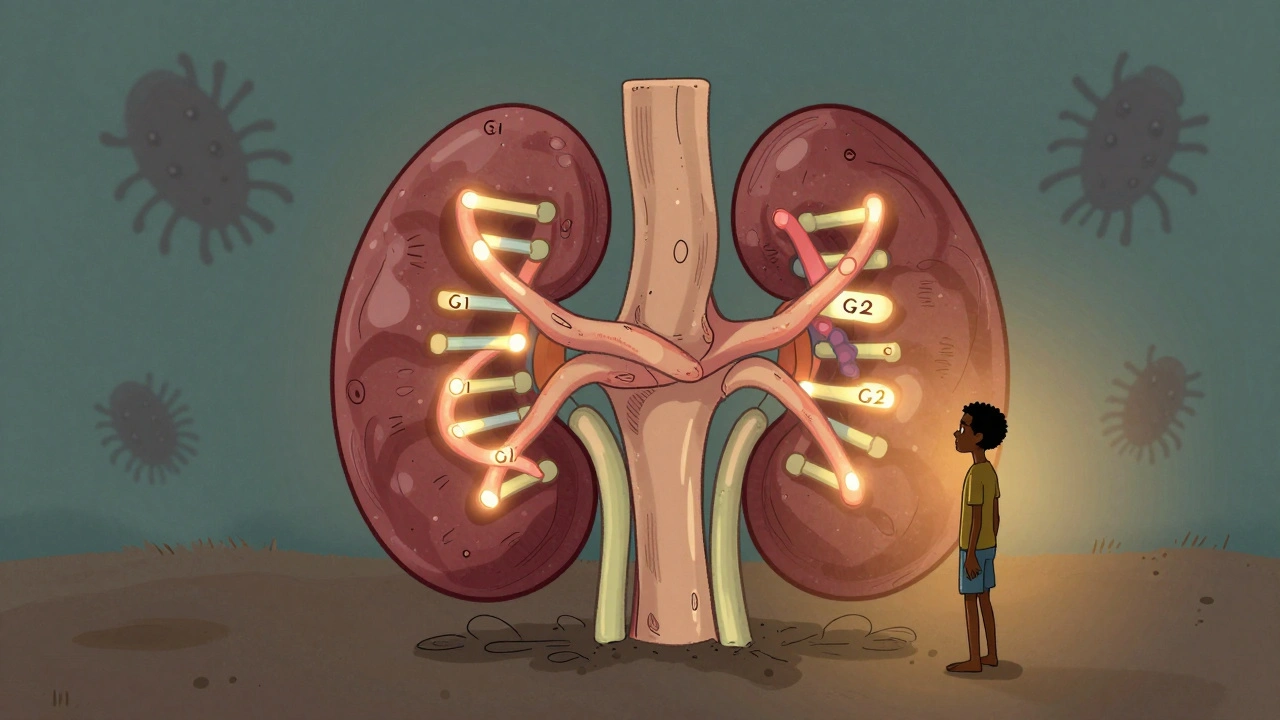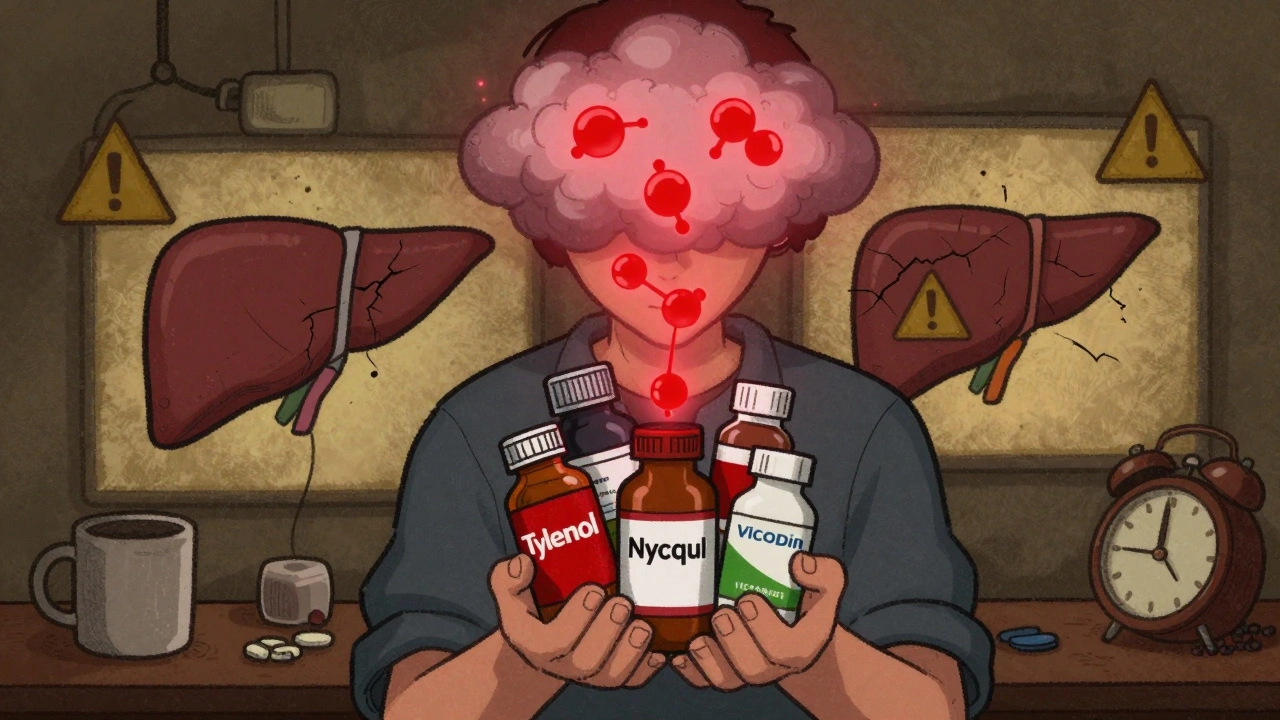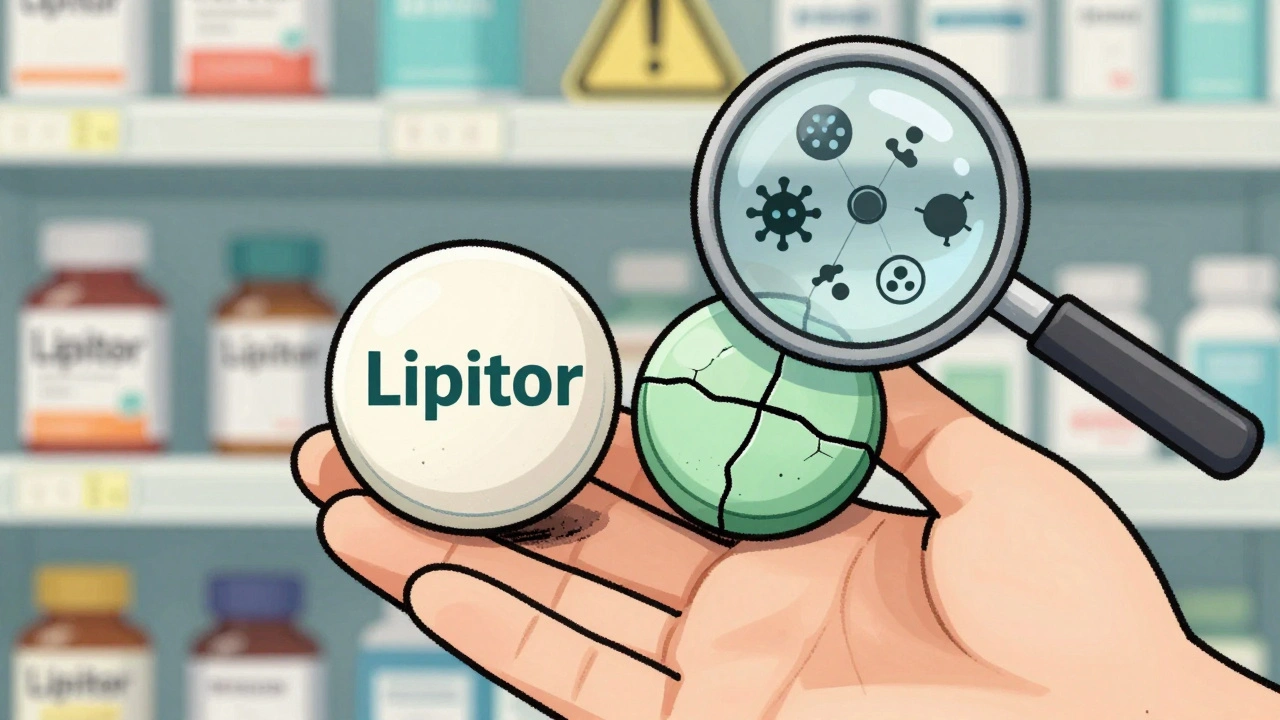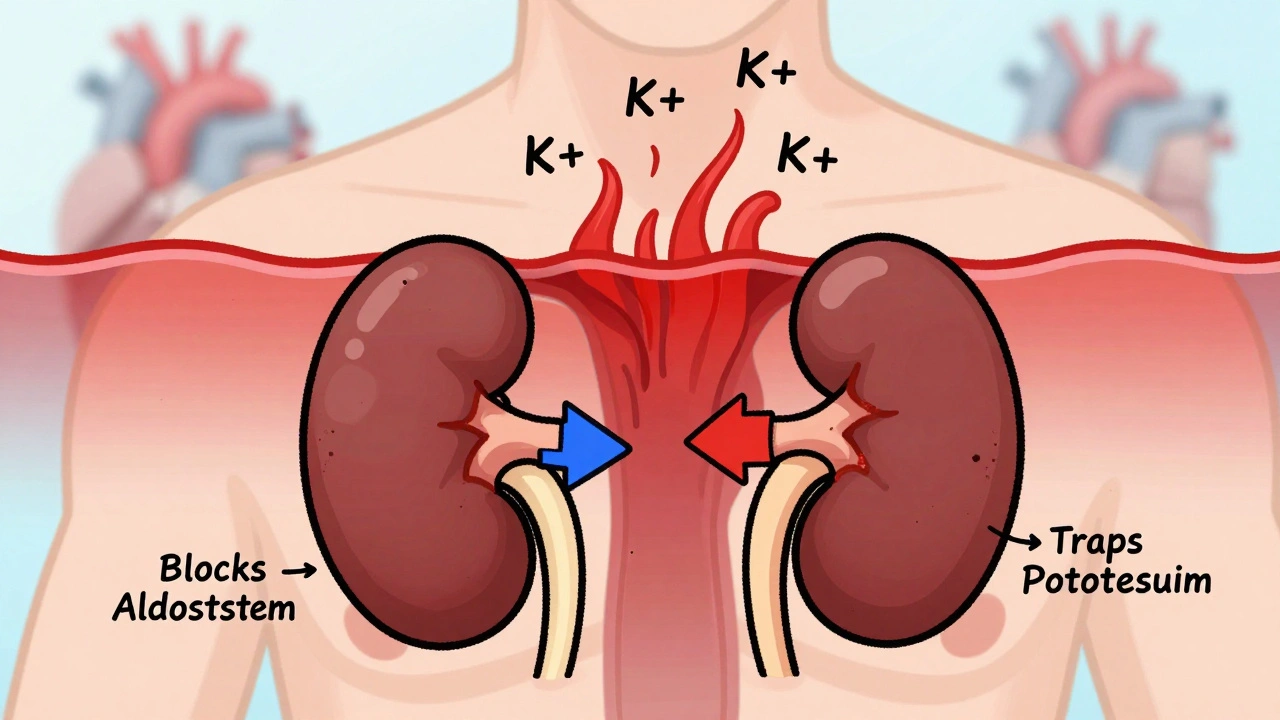Rickettsial Disease Treatment: What Works, What Doesn’t, and What You Need to Know
When you hear rickettsial disease, a group of infections caused by bacteria spread by ticks, fleas, or lice. Also known as rickettsiosis, it includes illnesses like Rocky Mountain spotted fever, typhus, and scrub typhus. These aren’t rare — they show up every year, often mistaken for the flu until it’s too late. The good news? If caught early, most rickettsial diseases respond well to simple, cheap antibiotics. The bad news? Many people wait too long to get tested, and that’s when things get dangerous.
The go-to treatment for almost all rickettsial infections is doxycycline, a broad-spectrum antibiotic that stops the bacteria from making proteins they need to survive. It’s not just the first choice — it’s the only choice for adults and kids over 8, even in severe cases. Doctors don’t wait for lab results to start it. If you’ve been bitten by a tick, have a fever, rash, and feel awful, doxycycline is given right away. Delaying it by even a day can raise the risk of complications like lung damage, kidney failure, or even death. Other antibiotics like chloramphenicol are used only when doxycycline can’t be taken — and even then, it’s less effective.
It’s not just about the drug. tick-borne illness, a broader category that includes rickettsial diseases along with Lyme disease and anaplasmosis often overlaps in symptoms. That’s why misdiagnosis is common. A rash that looks like sunburn? Fever after a hike? Don’t assume it’s just a virus. If you’ve been in grassy, wooded, or rural areas — especially in spring or summer — and feel off, get checked. Testing takes time, but treatment doesn’t. You don’t need a positive test to start antibiotics. Waiting for proof can cost you your health.
Prevention matters just as much as treatment. Wearing long pants, using DEET or permethrin on clothes, and checking for ticks after being outside cuts your risk dramatically. If you find a tick, remove it fast with tweezers — pulling it out within 24 hours lowers your chance of infection by over 90%. You don’t need to save the tick for testing unless you’re in a high-risk area and develop symptoms later.
What you won’t find in treatment guides? Herbal remedies, essential oils, or "natural detoxes." There’s zero evidence they work against rickettsial bacteria. Only antibiotics do. And while some people worry about side effects from doxycycline — like stomach upset or sun sensitivity — these are manageable. The risk of not treating is far worse.
Below, you’ll find real comparisons and case-based guides on how rickettsial diseases are diagnosed, how they compare to similar infections, and which treatments actually deliver results — no fluff, no guesswork, just what works in practice.
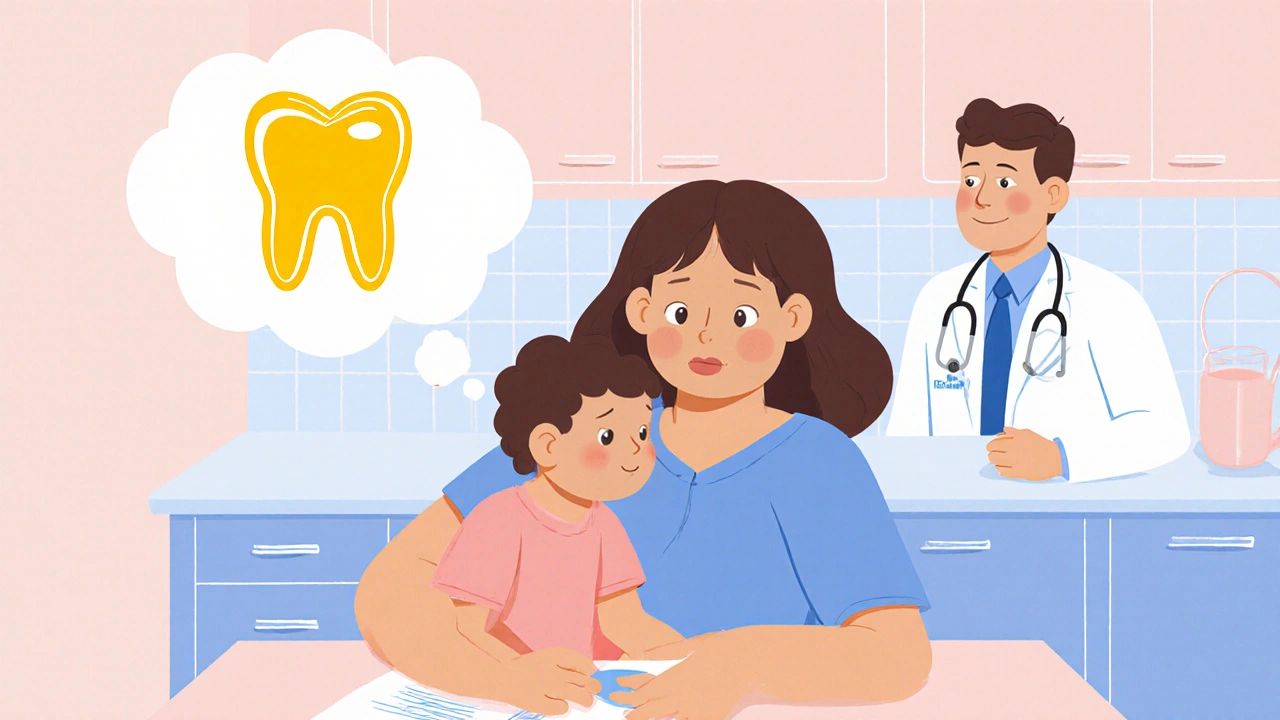
Tetracyclines, Tooth Discoloration & Pediatric Safety: What Parents Need to Know
A clear guide on tetracycline antibiotics, tooth discoloration risk, and the updated pediatric safety guidance for doxycycline use.

